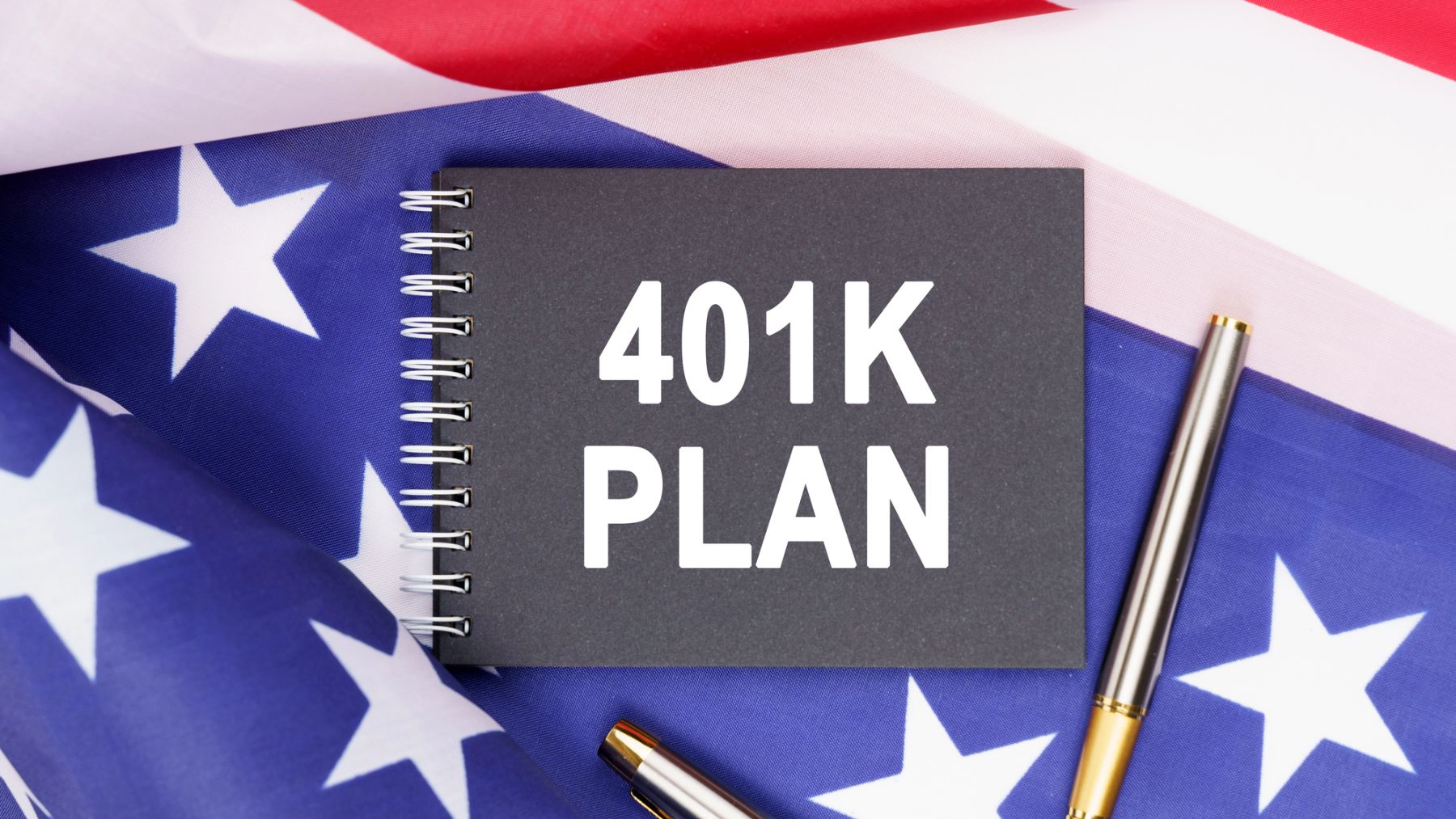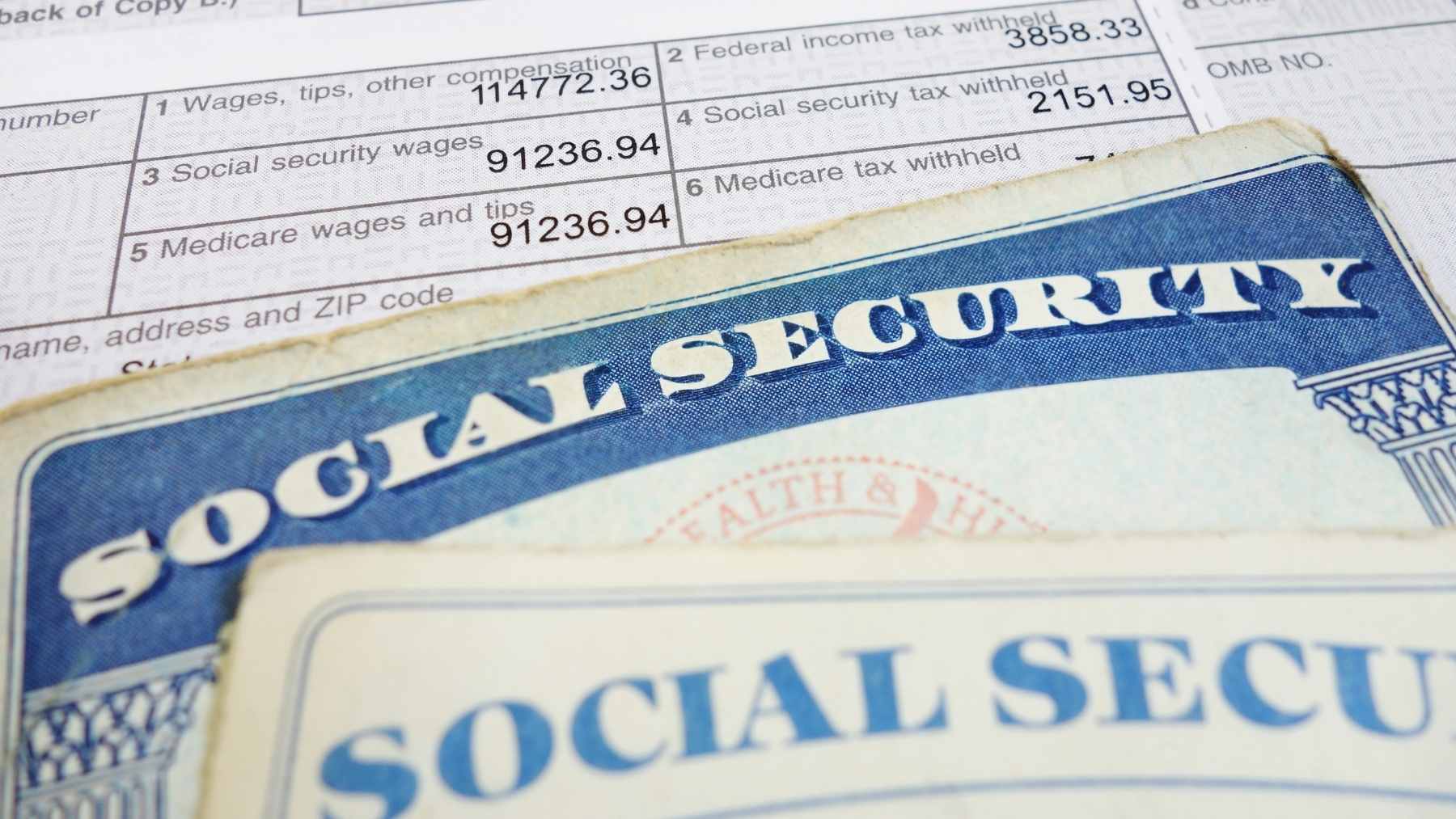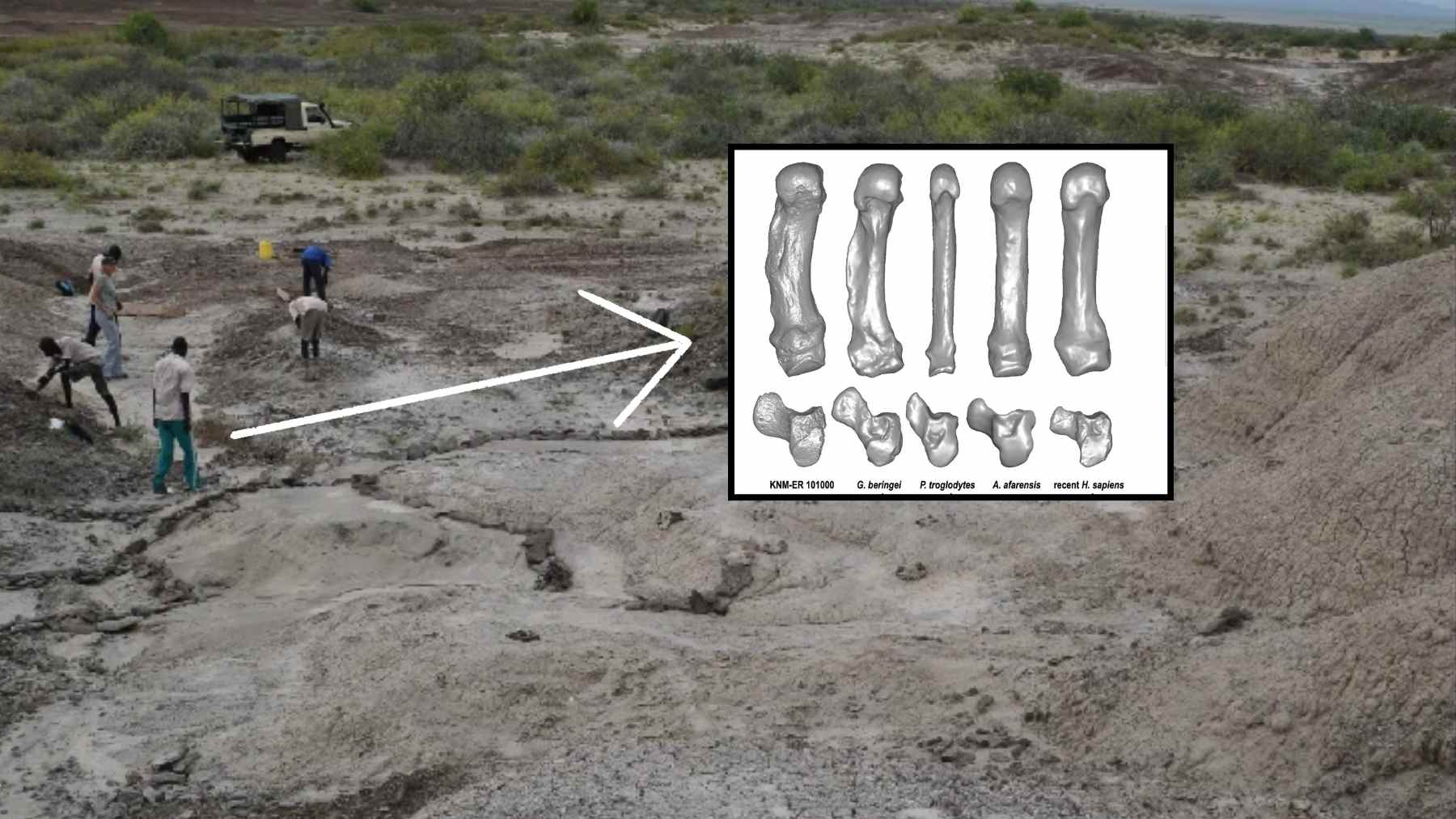As significant numbers of people deal with financial pressures, many use their 401(k) accounts to bail themselves out of liquidity crises. The changes in this trend have begun to impact how these retirement savings are used. The changes could seriously hit your finances if you depend on a 401(k). Here are two painfully destructive 401(k) plan changes you might get the surprise of your life.
Here’s why hardship withdrawals are rising fast among more Americans
A record number of Americans are taking hardship withdrawals from their 401(k) plans. In 2023, 3.6% of account holders withdrew funds due to financial hardship, whereas in 2024, 4.8% of people did the same thing. That sharp increase in people using their retirement savings to pay for urgent needs clearly signals rising financial distress. The most common reasons folks apply for assistance are to prevent foreclosure, not to get evicted, and to pay medical bills.
Since these involve penalties and taxes, they are usually considered a last resort. Hence, before the pandemic, account holders withdrew only a small number (around 2%) of hardship withdrawals in a year. This skyrocketing increase indicates that financial emergencies for many Americans have become more frequent.
Recent changes in the law have also made it easier to request hardship withdrawals. However, in 2018, legislation ended the practice whereby workers needed to repay a loan before breaking up after hardship. Automatic enrollment in retirement plans, along with this, has contributed to the surge of hardship withdrawals.
Taking money early? Accept that penalties may empty your retirement funds
Workers must wait until 59 years and six months to take penalty-free 401(k) distributions. In other cases, if they take out funds before this age due to hardship, there is a 10% early distribution tax unless an exemption applies. Traditional 401(k) plan holders must pay income tax on withdrawals, so they receive a reduced amount after tax.
The critical shortcoming of hardship withdrawals is that the withdrawn 401(k) funds remain ineligible for reseeding into your account and an IRA. Money withdrawn from retirement accounts through hardship exits cannot be recovered, so it permanently decreases retirement fund amounts, leading to potential financial difficulties for older people.
More employees withdraw funds through hardship programs, which shows that workers face mounting financial problems. In 2024, credit card delinquencies in the U.S. hit their highest level in over a decade. Rising prices and more Americans’ difficulty paying for car installments diminished consumer confidence.
The automated enrollment policy has generated positive results but creates unforeseen difficulties
Businesses across the industry now regularly enroll their workers into retirement plans as part of their employee benefits packages, and thus, the retirement savings rate grows steadily. The percentage of companies utilizing automatic enrollment for new employees at 401(k)-type plans reached 61% in 2024 after starting at 36% in 2014. The increased expansion supports higher employee participation rates, especially for workers at lower earnings levels.
Workers now find it easier to withdraw from their retirement funds because automatic enrollment exists alongside changed hardship withdrawal guidelines. The temporary financial relief provided by early fund withdrawals will substantially negatively affect their retirement security after retirement. The number of Americans who must decide whether to use their retirement money for current bills or save it for their retirement future has significantly increased.
People face the obstacle of managing their present financial requirements alongside their future savings targets. The automatic enrollment system has boosted retirement plan memberships but also created an increased number of employees who withdraw their retirement funds before their intended date. American citizens remain challenged by this double menace while dealing with financial insecurity.
The growth of 401(k) savings amounts becomes significant
The current financial difficulties show some positive developments in 401(k) plans. Account balances experienced a 10% growth in 2024, reaching a new record of $148,200. The growth in 401(k) savings stemmed from thriving financial markets combined with employees making bigger contributions to their retirement funds because Americans continue maintaining their dedication to long-term savings.
The 2024 plan year recorded the highest percentage of participants, boosting their savings rate to 45%, marking the highest rate since 2019. Economic challenges have not stopped Americans from prioritizing their retirement finances. Most participants maintain their dedication to long-term financial planning because their hardship withdrawal rates are lower than 5%.
Hardship withdrawal statistics demonstrating increased participant levels show that people have been successfully dealing with their financial problems. Long-term financial endurance among retirement savers will decide their ability to handle ongoing financial difficulties.














